Trachten und was man alles so über sie glaubt
Bad Aussee ist die Trachtenhauptstadt Österreichs – hier trägt man die Tracht nicht, man lebt sie. Und auch wenn die Tracht im Ausseerland behutsam immer wieder dem Zeitgeist angepasst wird, so sind auch heute noch alte Geschichten allgegenwärtig: So glaubt man zum Beispiel, dass Salzkörner im Dirndlsack Glück bringen.
Kein Glück hingegen bringt es, wenn sich eine ledige Schneiderin beim Nähen eines Brautkleids in den Finger sticht, denn dann kriegt sie keinen Mann. An den Teufel glaubt man immer noch, aber er wird gern ausgetrickst: Damit er auf Hochzeiten die Braut nicht findet, verwirrt man ihn mit drei Bräuten und bestickt das Hochzeitskleid mit dem sogenannten Blendwerk: viel Gold und Silber.
Trachten and things believed about them
Bad Aussee is the traditional folk-costume capital of Austria - here you don't wear the “Tracht”, you live it. And even if the traditional costume of Aussee has been carefully adapted to the spirit of the times, the old stories are still ubiquitous: Some believe, for example, that keeping grains of salt in your Dirndl-sack will bring luck.
On the other hand, bad luck will befall any unmarried seamstress who stabs her finger while sewing a wedding dress, as this means she won't get a husband. People still believe in the devil, but like to outsmart him: To prevent him finding the bride at weddings, two other decoy brides are used to confuse him and the wedding dress is embroidered with the so-called illusion piece: a lot of gold and silver.
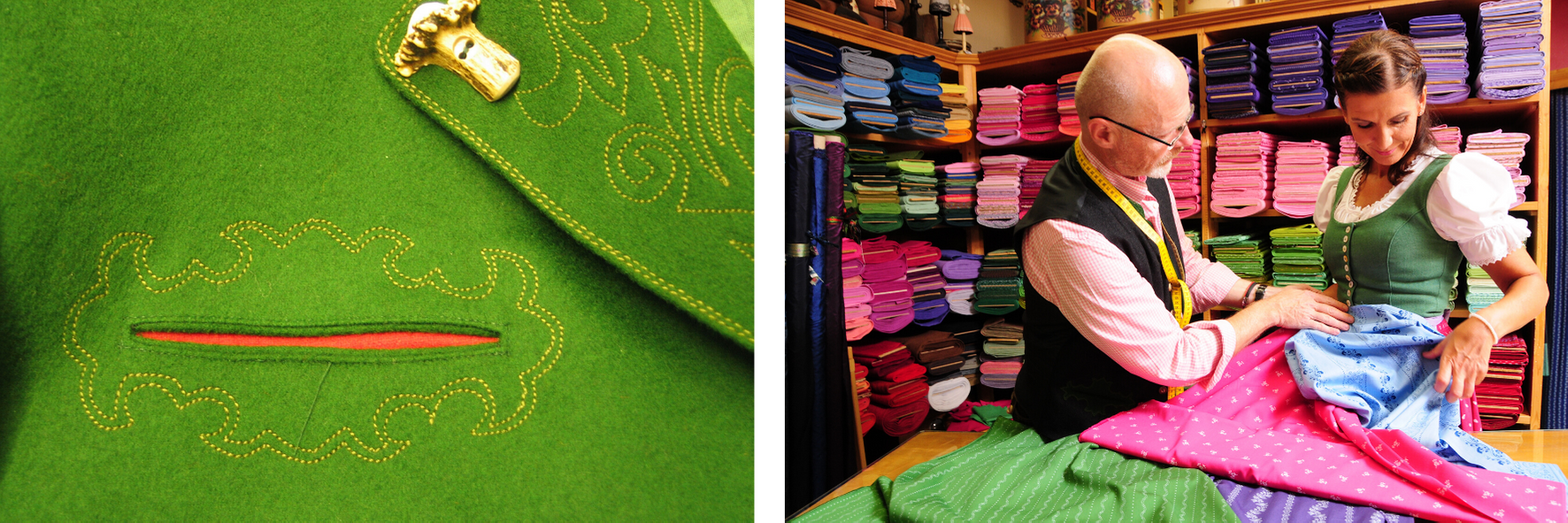
Daffodil festival and Kirtag
Aussee is famous for its mountains and lakes and for its flowering meadows – especially in late spring when the daffodils bloom. These are the so-called poet daffodils that still grow wild here, exude a strong and sweet aroma and have a white, star-shaped flower. Once a year millions of daffodils are woven into fanciful shapes and all of Aussee comes out to celebrate them: at the daffodil festival at the end of May.
Also not to be missed every year at the beginning of September: the Altaussee Kirtag, which takes place in Altaussee in front of the picturesque backdrop of the Loser and the Trisselwand – presenting the perfect opportunity to carry off a Dirndl and Leathers.
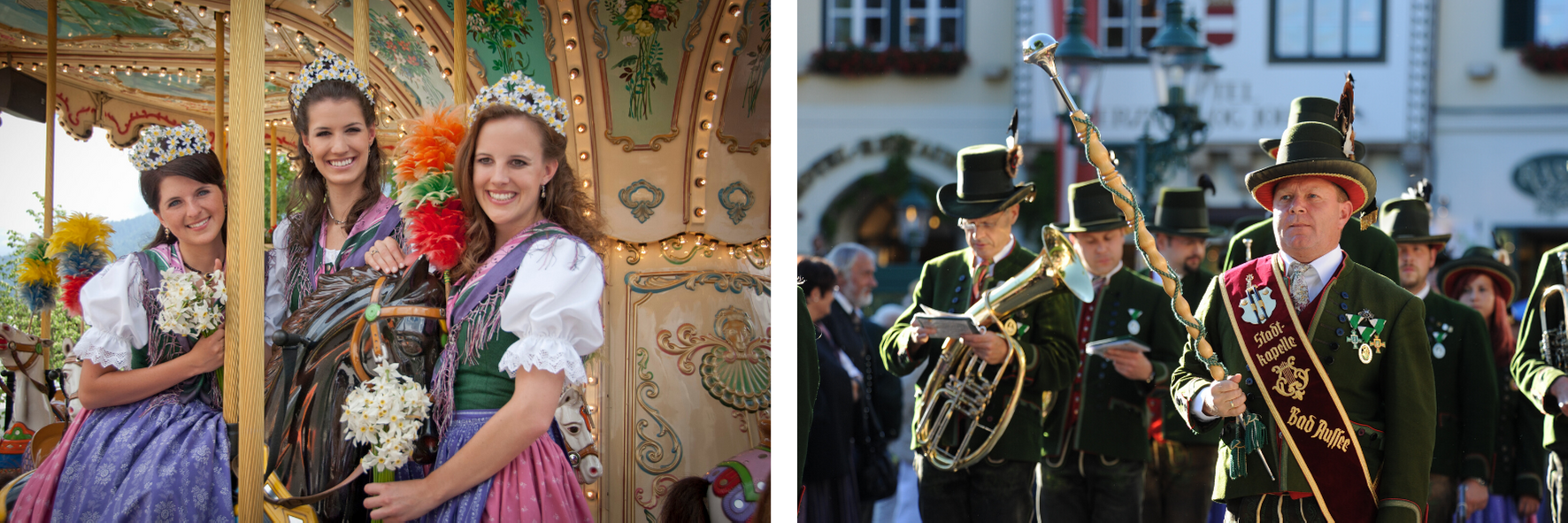

Narzissenfest und Kirtag
Das Ausseerland ist berühmt für seine Berge und Seen und für die blühenden Wiesen – vor allem im Spätfrühling, wenn die Narzissen blühen. Es sind die sogenannten Dichternarzissen, sie wachsen hier noch wild, duften stark und süß und haben eine weiße, sternförmige Blüte. Einmal im Jahr werden die Narzissen millionenfach in phantasievolle Gebilde geknüpft und das ganze Ausseerland feiert sie: beim Narzissenfest von 29. Mai bis 1. Juni 2025.
Ausgelassen wird es auch jedes Jahr Anfang September: dann findet in Altaussee vor der malerischen Kulisse des Losers und der Trisselwand der Altausseer Kirtag statt – die beste Möglichkeit, das Dirndl und die Lederne auszuführen. Der Kirtag mit traditionellem Bierzelt findet von 06. bis 08. September 2025 statt.
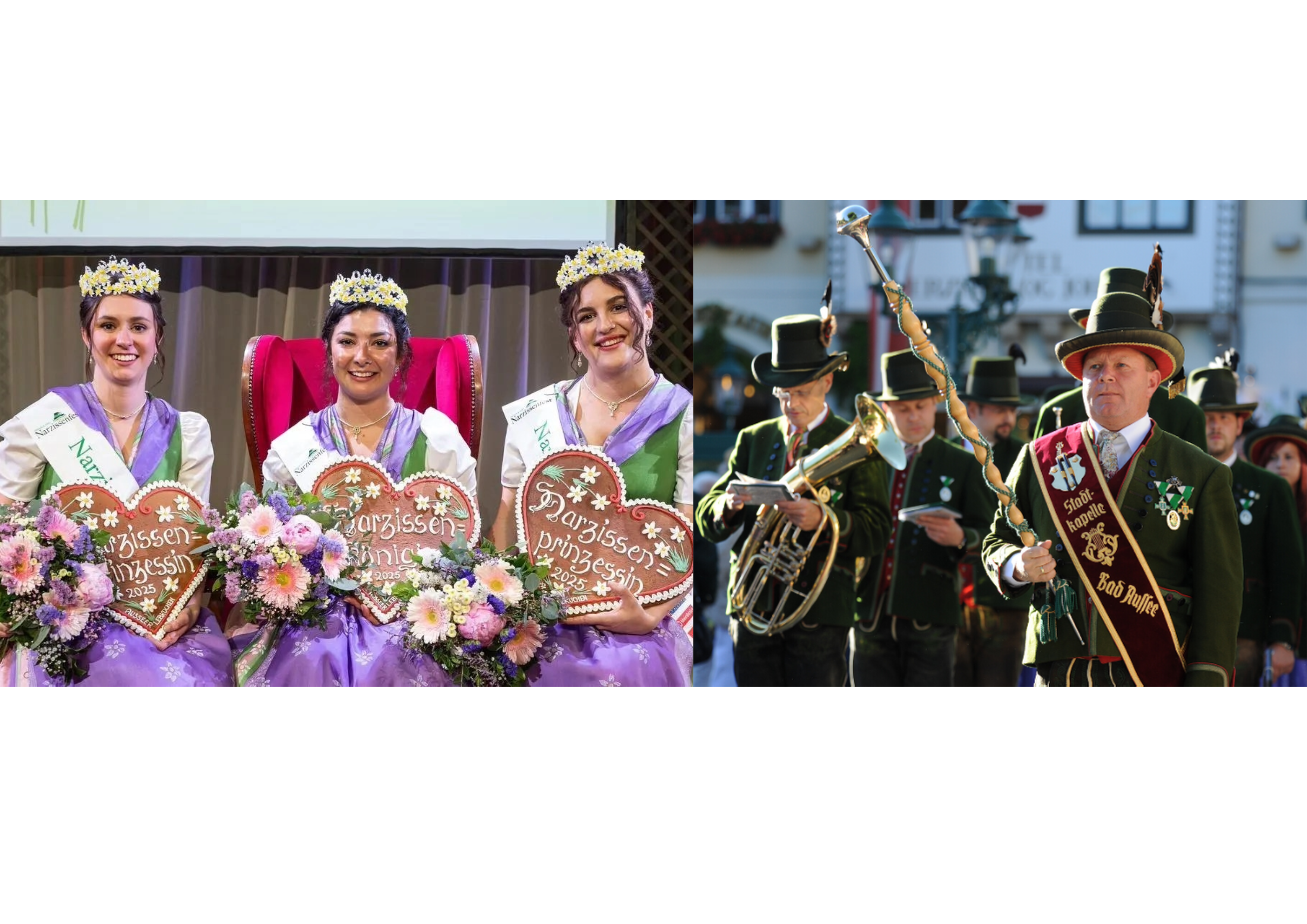
The fifth season in Aussee
Fasching
In Aussee the custom is to stay lively in Winter: People in fairytale customs populate the landscape: You meet “Krampusses” and “Perchts” before Christmas and on January 5th, the “Glöckler” and “Berigl” – masked figures in old robes, which are supposed to drive away evil spirits and bring salvation and blessings.
The most fantastical figures come with “Fasching” (carnival): the drum girls, “Zacherl” and “Pless” and especially the “Flinsers” - their elaborate costumes embroidered with colourful appliqués and silver sequins.
The parade on Shrove Tuesday always ends at the Kurhausplatz of Bad Aussee and straight after, the “Flinsers” and thundering drum girls return to the Hotel Erzherzog Johann – come and join us!
Winter customs – an overview:
Die fünfte Jahreszeit in Aussee...
Fasching
Im Winter ist das Brauchtum im Ausseerland besonders lebendig: Dann bevölkern Menschen in Fabelkostümen die Landschaft: Man trifft Krampusse und Perchten vor Weihnachten und am 5. Jänner die Glöckler und Berigl – vermummte Figuren in alten Gewändern, die böse Geister vertreiben und Heil und Segen bringen sollen.
Die phantasievollsten Figuren kommen mit dem Fasching: die Trommelweiber, Zacherl und Pless und ganz besonders die Flinserln – ihre kostbaren Kostüme sind mit bunten Applikationen und silbernen Pailletten bestickt.
Der Umzug am Faschingsdienstag endet immer am Kurhausplatz von Bad Aussee und die Flinserln und Krach machenden Trommelweiber kehren gleich anschließend ins Hotel Erzherzog Johann ein – kommen auch Sie!
Brauchtum im Winter:
VIELE WEIHNACHTSMÄRKTE
im Ausseerland-Salzkammergut (Bad Aussee, Altaussee, Grundlsee, Bad Goisern bis hin nach Bad Ischl)
“Die wichtigste Stunde ist immer die Gegenwart, der wichtigste Mensch ist immer der, der dir gerade gegenübersteht. In diesem Sinne fühlen wir uns sehr wohl im JOHANN."
Karolina Gächter
„Das Beste was mir passieren konnte!“
Elke Gsenger
„Geheimtipp für Individualisten, die Ruhe, Wohlfühlen und zauberhafte Umgebung lieben.“
Klara Eder-Mitterer
„Der Erzherzog Joahnn hat mein bisheriges Lieblingshotel ausgestochen und das von Wien über Kalifornien, Hawaii und Südkorea. Der Service, der Komfort, die breite Vielfalt an Angeboten lässt keinen Wunsch offen. Preis/Leistung ist perfekt.“
Mag. Kathy Eissler
“Thank you Hotel staff! This was my best hotel experience ever. The nicest SPA. Two of the finest meals I’ve- had. I’m refreshed! I appreciate it.“
Mark K.
„3 Tage Wellness im JOHANN verbunden mit erstklassigen Speisen aus der Hotelküche, sehr aufmerksames Service und herrlichem Herbstwetter ließen uns durchatmen und aufleben.“
Mag. Norbert Erlacher
“Die wichtigste Stunde ist immer die Gegenwart, der wichtigste Mensch ist immer der, der dir gerade gegenübersteht. In diesem Sinne fühlen wir uns sehr wohl im JOHANN."
Karolina Gächter
„Das Beste was mir passieren konnte!“
Elke Gsenger
„Geheimtipp für Individualisten, die Ruhe, Wohlfühlen und zauberhafte Umgebung lieben.“
Klara Eder-Mitterer
„Der Erzherzog Joahnn hat mein bisheriges Lieblingshotel ausgestochen und das von Wien über Kalifornien, Hawaii und Südkorea. Der Service, der Komfort, die breite Vielfalt an Angeboten lässt keinen Wunsch offen. Preis/Leistung ist perfekt.“
Mag. Kathy Eissler
“Thank you Hotel staff! This was my best hotel experience ever. The nicest SPA. Two of the finest meals I’ve- had. I’m refreshed! I appreciate it.“
Mark K.
„3 Tage Wellness im JOHANN verbunden mit erstklassigen Speisen aus der Hotelküche, sehr aufmerksames Service und herrlichem Herbstwetter ließen uns durchatmen und aufleben.“
Mag. Norbert Erlacher

 Career
Career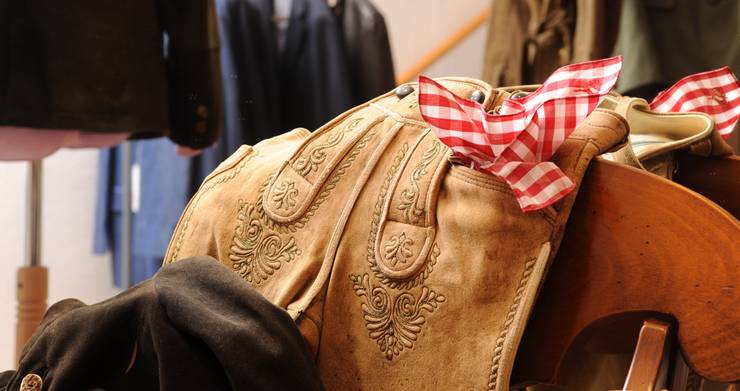
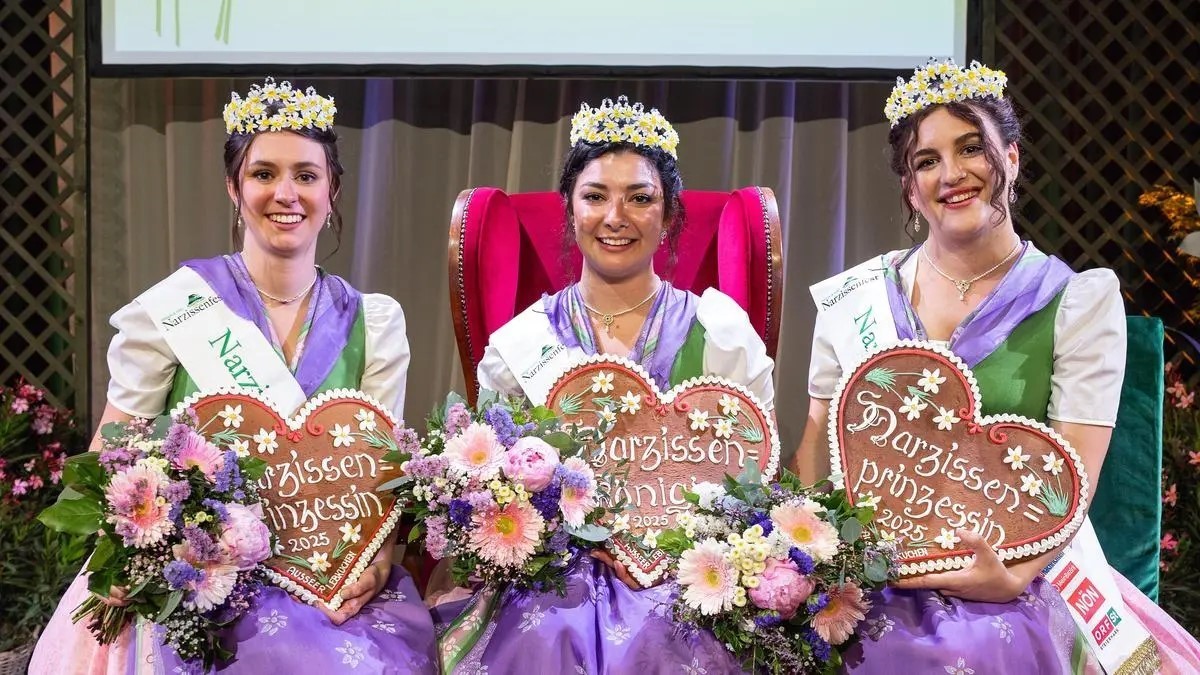
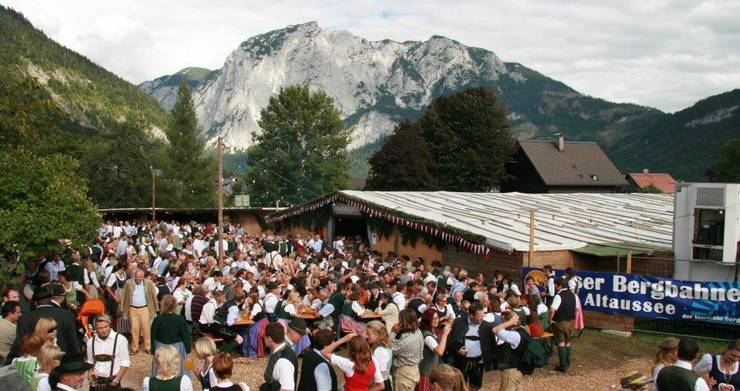
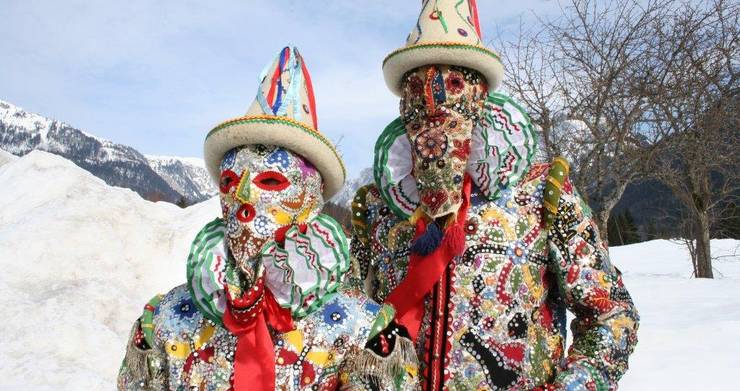
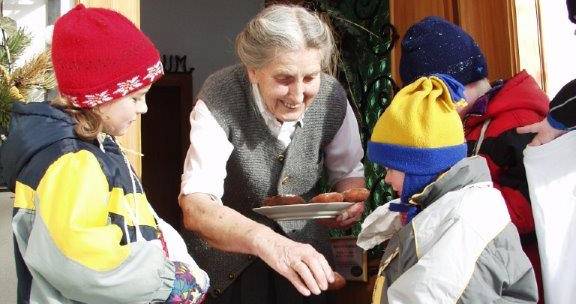
![[Translate to English:] Weihnachten in Bad Aussee [Translate to English:] Weihnachten in Bad Aussee](/fileadmin/user_upload/weihnachtsmarkt-bad-aussee.jpg)